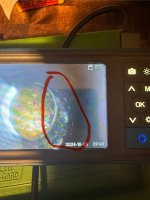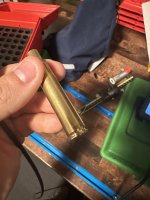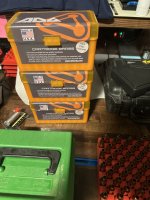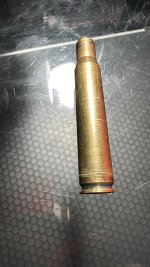Ok so I bought a prefit tikka proof barrel in 7prc. I bought Manson go and no go gauges to just check as I’ve read some issues online. Well go gauge dropped no issue but so did the no go gauge. Couldn’t find a Manson field gauge so I bought a Forster field gauge and bolt will not close. Thinking it’s good to go but I was interested in the measurements so got the calipers out and the Forster field gauge says 1.9080 but measures 2.015…the Manson garages don’t have any measurements but the no go is 2.036 and the go is 2.032…
All of this just isn’t making sense…it doesn’t close on the shorter gauge..wondering if maybe I need to order the Forster go and no go and check everything again? Just want to make sure I’m safe out there! I’ve put together quite a few prefit barrels and have never come across something like this.
All of this just isn’t making sense…it doesn’t close on the shorter gauge..wondering if maybe I need to order the Forster go and no go and check everything again? Just want to make sure I’m safe out there! I’ve put together quite a few prefit barrels and have never come across something like this.







